Pinball Fantasies is a pinball game which was originally made for the Commodore Amiga by Digital Illusions CE, it was a sequel to there earlier pinball game Pinball Dreams (which was also ported to the Super Nintendo).
A further sequel was released in 1995 called Pinball Illusions but this never made it to the SNES, a remake of it called True Pinball did eventually make it to the ps1 and Saturn though and some of you may have played it.
Digital Illusions began in May 1992 in Sweden and consisted of four people who were formerly members of the demogroup The Silents. Demogroups are teams of people who make computer-based audio-visual works of art which are usually put into the public domain on disc. These were very popular in the Amiga and Atari ST days. If you owned an Amiga you probably sampled a few of these I remember ones with bouncing balls and techno-style music and ones which showed pictures of the Addams Family complete with MIDI music and all sorts. Digitial Illusions’ original office consisted of a small dorm room and this is where their pinball titles such as this were originally made. Eventually Digital Illusions became the company known today as EA DICE who are responsible for the Battlefield games so they’re still knocking about to this day. Apparently, Pinball Fantasies was ported to the SNES by a company called Spidersoft, which basically made a living converting games to different platforms. They also still exist to this day as a part of Rockstar and are now called Rockstar Lincoln. Heck, even the publisher of this game, GameTek, still exists today under the name Take-Two Interactive Software Europe. So I can happily say all companies involved in this game are still alive and kicking.
OK, back to the game at hand. This game has four differently themed pinball tables and they are as follows:
- Party Land, which is a table based on an amusement park
- Speed Devils, which is a table focused on car racing
- Billion Dollar Gameshow, which is a table based on the idea of a game show, and then there is
- Stones ‘N Bones, which is a horror themed table based on a haunted house.
The sound is functional. The controls although basic serve their purpose well and the graphics are bright and colourful. You would think it sounds like I like this game – well I kind of did like it a heck of a lot on its original platform the Amiga.
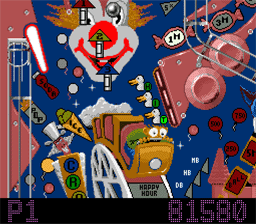 The problem is that the game when it was on the Amiga was on three disks and was about £10 as far as I can remember. So once you take these three disks and plant them on to a SNES cart they are suddenly trying to sell it for £40 and if anything it was a slight step backwards as the SNES did not seem to have as large a colour palette as the Amiga.
The problem is that the game when it was on the Amiga was on three disks and was about £10 as far as I can remember. So once you take these three disks and plant them on to a SNES cart they are suddenly trying to sell it for £40 and if anything it was a slight step backwards as the SNES did not seem to have as large a colour palette as the Amiga.
I suppose when trying to rate this there are several ways to look at it, I could mark it down for being a port from a non-Nintendo machine with no real effort to play to the machine’s strengths. I suppose though you need to look into what people’s options were at the time both on the SNES and on its direct competitor the Mega Drive. On the SNES you have Pinball Fantasies, Pinball Dreams and Super Pinball (I have never actually seen or played this one) and thats pretty much it for PAL pinball games. If you look abroad at Super Famicom games there is one called Battle Pinball which people tend to speak very highly about. There is also one called Jaki Crush which tends to receive mixed reviews, Super Pinball had a sequel that didn’t make it here. As you can see though your options as a SNES gamer were very limited when it came to pinball.
The Mega Drive had Psycho Pinball, Sonic Spinball, Crüe Ball, Dragon’s Fury, Dragon’s Revenge, all of which seem to be tailored much more to the hardware. I would argue if you want to look into retro pinball games you’re much better looking at the Mega Drive or the PS1 (There was an excellent import-only Power Rangers Pinball game on the PS1).
The game does control well enough and is good for a quick pick up and play session but then we now live in a world where you can pay a lot less then you would usually pay to track down a retro pinball game and get a couple of tables on a brand new pinball game on your console or PC within seconds. Pinball Fantasies is a bit of a hard sell in a world with things like Pinball FX, unless you’re really into your retro stuff.
I would have to rate Pinball Fantasies as a six out of 10. It’s not a bad game, in fact it is at times quite fun, but it doesn’t have any real, lasting value. If you have no one to play against, no one to beat, or to challenge to beat your high scores it all becomes shallow and pointless far too quickly. You can get a PAL copy of the game cartridge only for about £10. Boxed complete copies seem to settle around the £40 mark but like I have previously mentioned unless you are buying this as part of a collection or to fulfil a need for more SNES games then there are a lot of avenues where you might be better spending your money for a pinball fix.


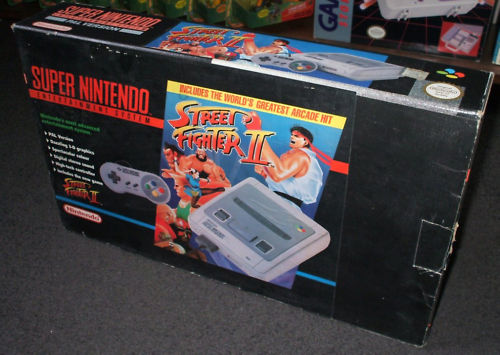
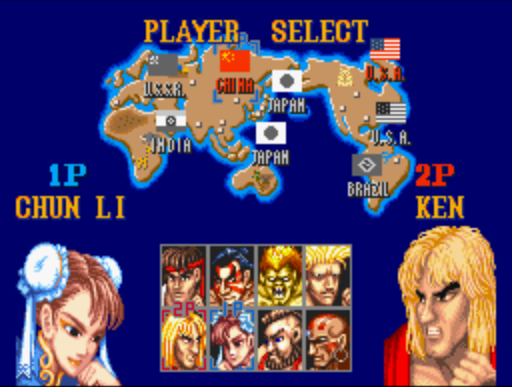
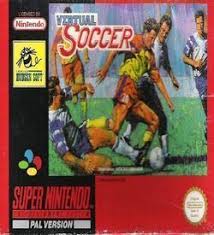
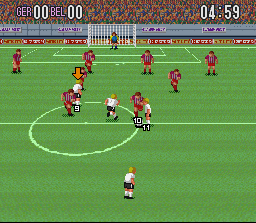 Originally I didn’t realise what I had been playing was a common game, which came out in the UK with some minor alterations. In fact you might have heard of it, it was called Virtual Soccer. Basically all they did was put in the English language and change the teams from Japanese first division teams to national teams. In the process of buying games for this series of reviews I very nearly went and bought Virtual Soccer which would have meant I had wasted my money buying the same game twice. Something I did notice was that the game has a speed option and you can play it at normal speed or fast speed, but even normal speed is quite fast and this is something I like. You can choose two views to play from. I chose the overhead view which made it look like a game I am sure most of you will have heard of – Kick Off.
Originally I didn’t realise what I had been playing was a common game, which came out in the UK with some minor alterations. In fact you might have heard of it, it was called Virtual Soccer. Basically all they did was put in the English language and change the teams from Japanese first division teams to national teams. In the process of buying games for this series of reviews I very nearly went and bought Virtual Soccer which would have meant I had wasted my money buying the same game twice. Something I did notice was that the game has a speed option and you can play it at normal speed or fast speed, but even normal speed is quite fast and this is something I like. You can choose two views to play from. I chose the overhead view which made it look like a game I am sure most of you will have heard of – Kick Off.